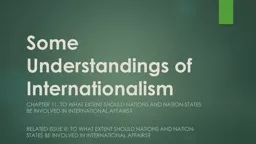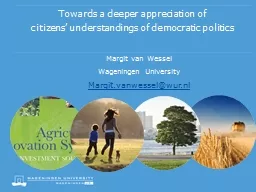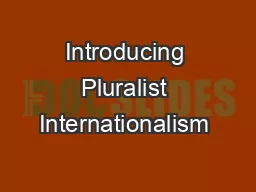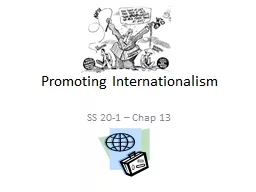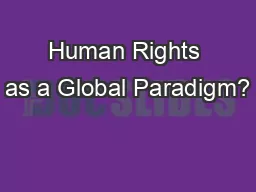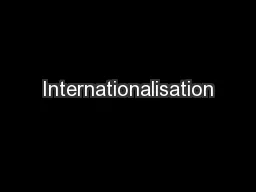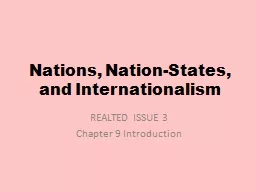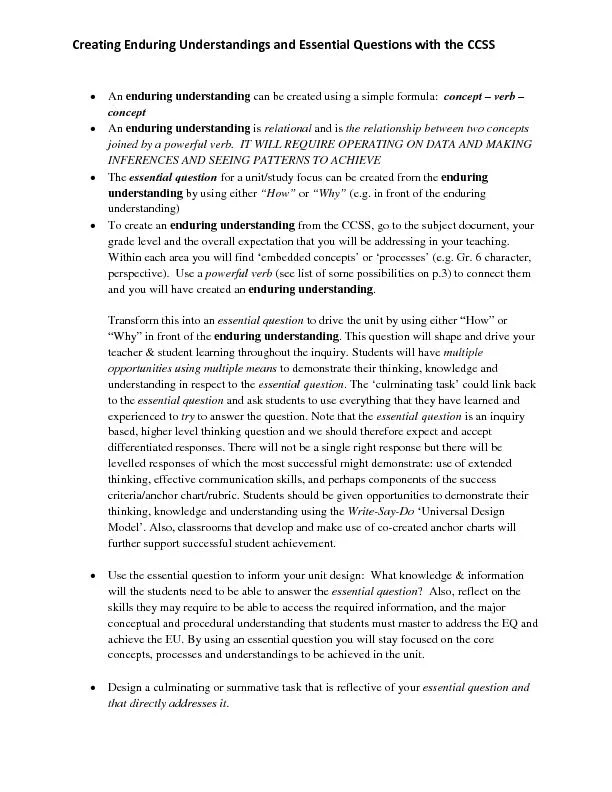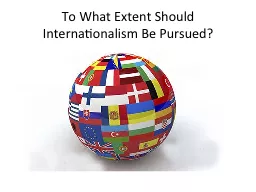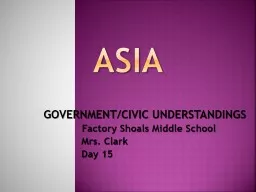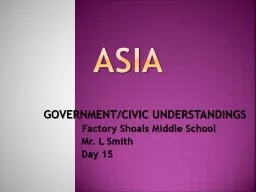PPT-Some Understandings of Internationalism
Author : cheryl-pisano | Published Date : 2018-11-02
Chapter 11 To what extent should nations and nationstates be involved in international affairs Related Issue III To what extent should nations and nationstates be
Presentation Embed Code
Download Presentation
Download Presentation The PPT/PDF document "Some Understandings of Internationalism" is the property of its rightful owner. Permission is granted to download and print the materials on this website for personal, non-commercial use only, and to display it on your personal computer provided you do not modify the materials and that you retain all copyright notices contained in the materials. By downloading content from our website, you accept the terms of this agreement.
Some Understandings of Internationalism: Transcript
Download Rules Of Document
"Some Understandings of Internationalism"The content belongs to its owner. You may download and print it for personal use, without modification, and keep all copyright notices. By downloading, you agree to these terms.
Related Documents

